Using the food we buy is one of the easiest ways to reduce food waste—and spend less money on groceries. Learn more about how to do that, plus more tips to waste less food in our kitchens.
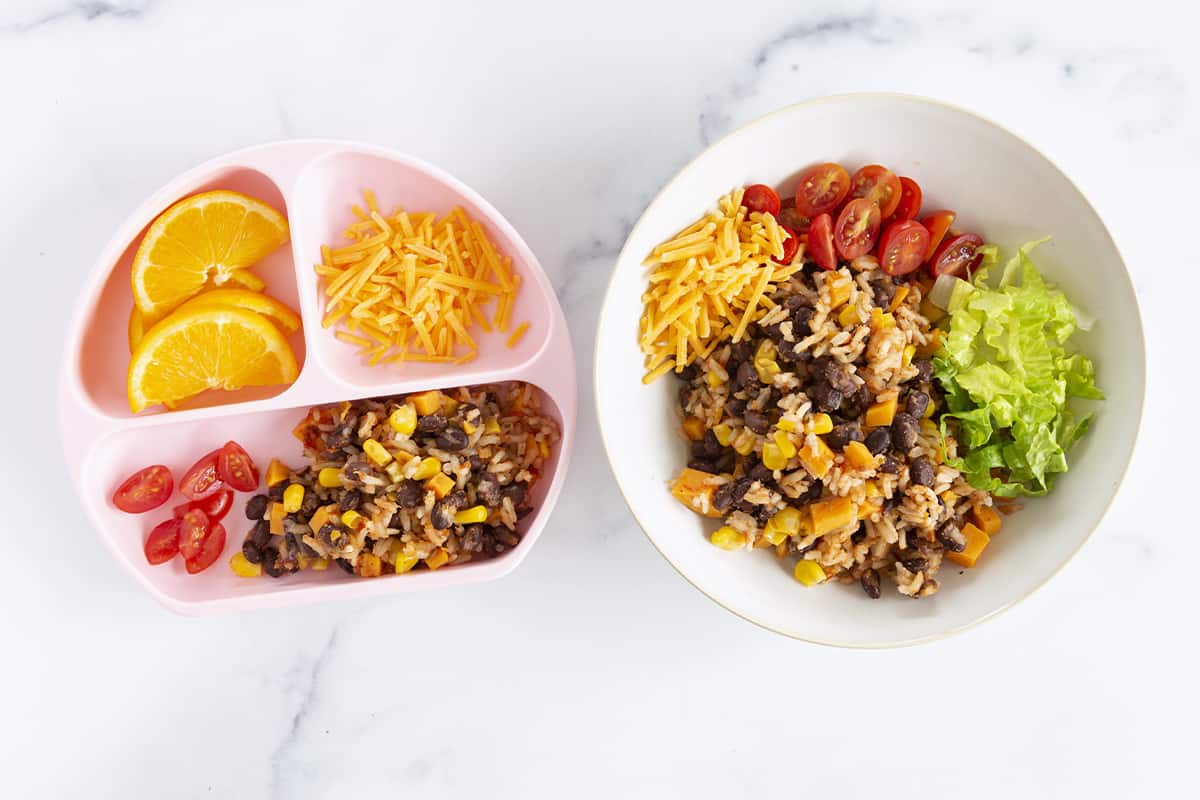
How to Reduce Food Waste
According to the NRDC, up to 40% of the food in the U.S. is never eaten, which may ring true if you’re feeding a little kid with variable preferences. (Anyone else have a toddler who likes to take one bite of something and claim to be done??) And while larger-scale programs to reduce food waste and keep it out of landfills may vary from community to community, there are small ways you can make a fairly big impact at home.
But more immediately, wasted food is wasted money, so I am always looking for easy ways to use the food I buy since it makes my food budget go farther.
So below, you’ll find realistic ways and resources to waste less food, with a focus on using the food you probably already buy—and helping the kids to enjoy all the yummy food I make!
Favorite Recipes to Use Leftovers
To start, here are some of my favorite recipes that use up food we may have leftover from kids meals.



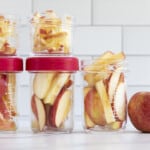
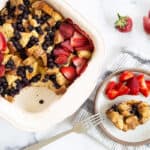
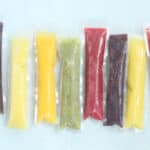

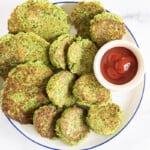
Your toddler won’t eat? Help is here!
Sign up for our email updates to get tips and ideas sent to your inbox.
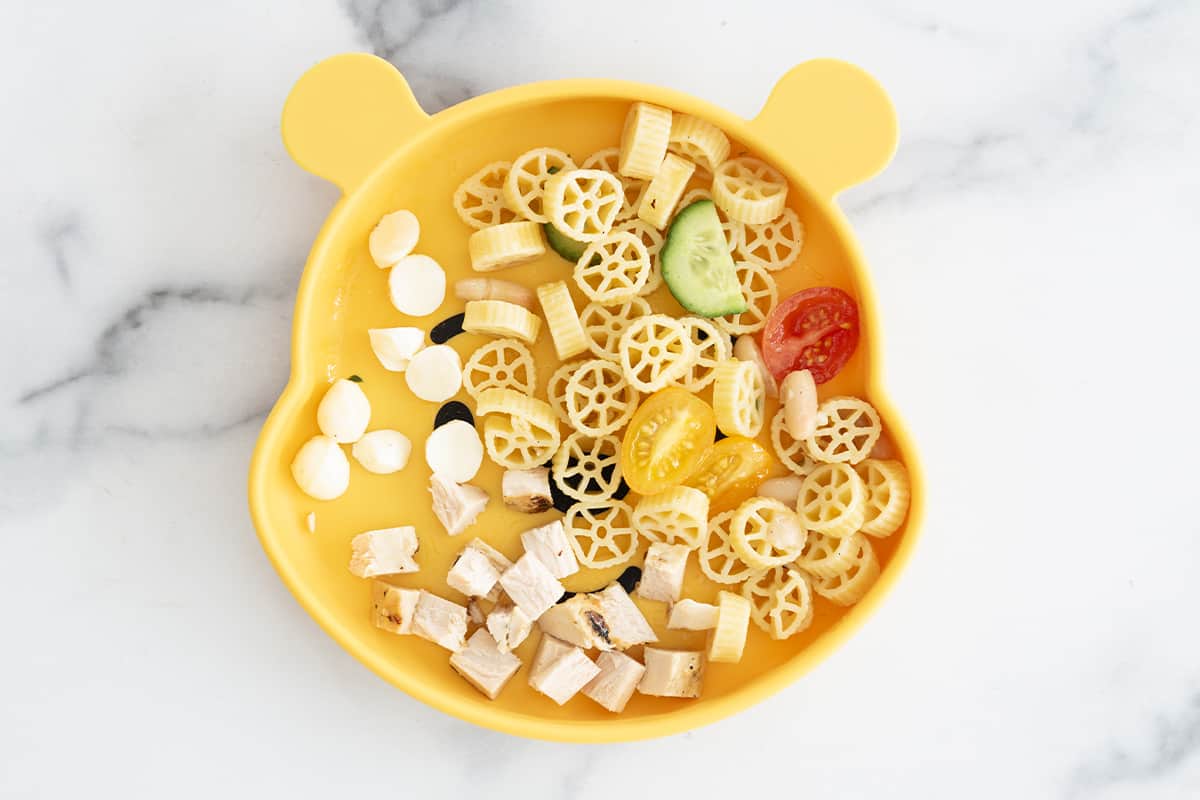
Food-Waste Solutions
I’m going to share some food-waste solutions that work well in real life and don’t require any special tools or equipment. Mainly, my focus is on using the foods we buy, and buying less to avoid waste, so those tips are to follow.
1. Serve Smaller Portions
Toddlers (and big kids) may eat less than you expect and can be unpredictable with their appetite and preferences. So one of the best ways I know to avoid tossing food at the end of the meal is to give them less to start with. They can always ask for seconds!
This also may have the bonus of making a meal less intimidating when it comes to serving new foods because it’s easier to clearly see what’s there on the dish when there’s less of it.
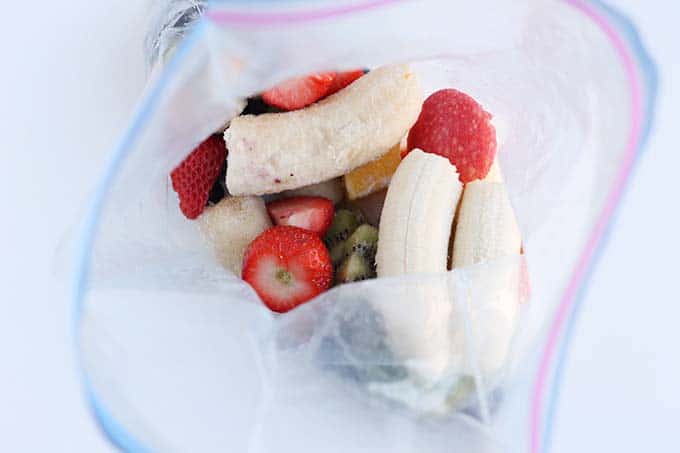
2. Freeze Leftover Fruit to Use in Future Smoothies
If your kids leave some fruit after a meal or snack, gather up any that’s in good condition, wash it, and store it in a zip-top freezer bag for future use. You can keep the fruit for up to 6 months and add to smoothies as you like. I put everything into the same bag and pull out what I need, though you could have different bags for different fruits.
You can also blend the fruit up, without freezing it first, into All-Fruit Ice Pops or Fruit Popsicles if that seems easier.
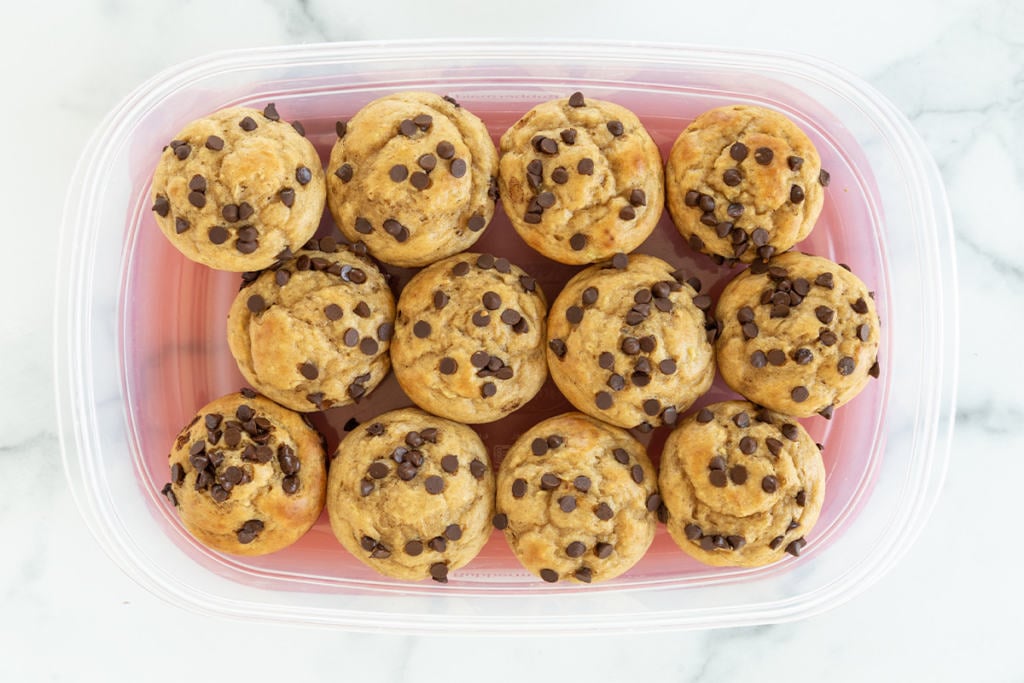
3: Freeze Bananas for Baked Goods
Freeze leftover banana bits (and too ripe bananas) to use in banana baked goods including:
- Lower Sugar Banana Bread
- Banana Muffins
- Banana Bread Muffins
- Banana Cookies
- Banana Protein Muffins
- 3-Ingredient Banana Pancakes
Simply thaw, drain any excess liquid, and mash to use.
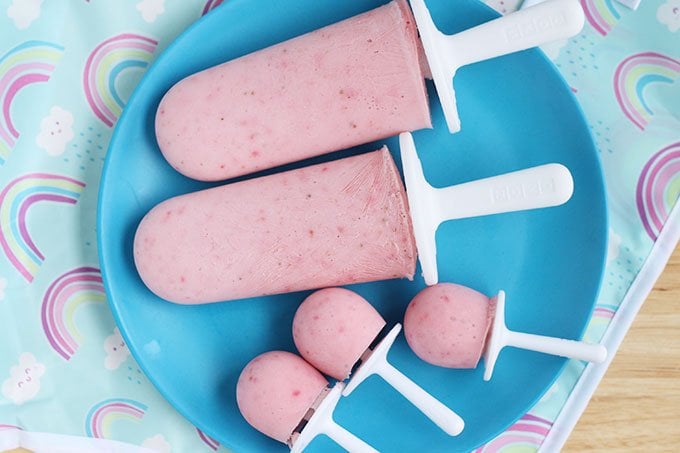
4: Turn Leftover Produce into Freezer Pops
The smoothie tip above only works if you have a kiddo who likes smoothies, but what kid doesn’t like frozen fruit pops?? You can basically make a smoothie and freeze it in a reusable mold and serve up their produce that way. We love this option for warmer weather!
Try:
- Green Smoothie Freezer Pops
- Cherry Banana Freezer Pops
- Blueberry Greek Frozen Yogurt Pops (with spinach!)
- Strawberry Frozen Yogurt Pops
- Mango Popsicles
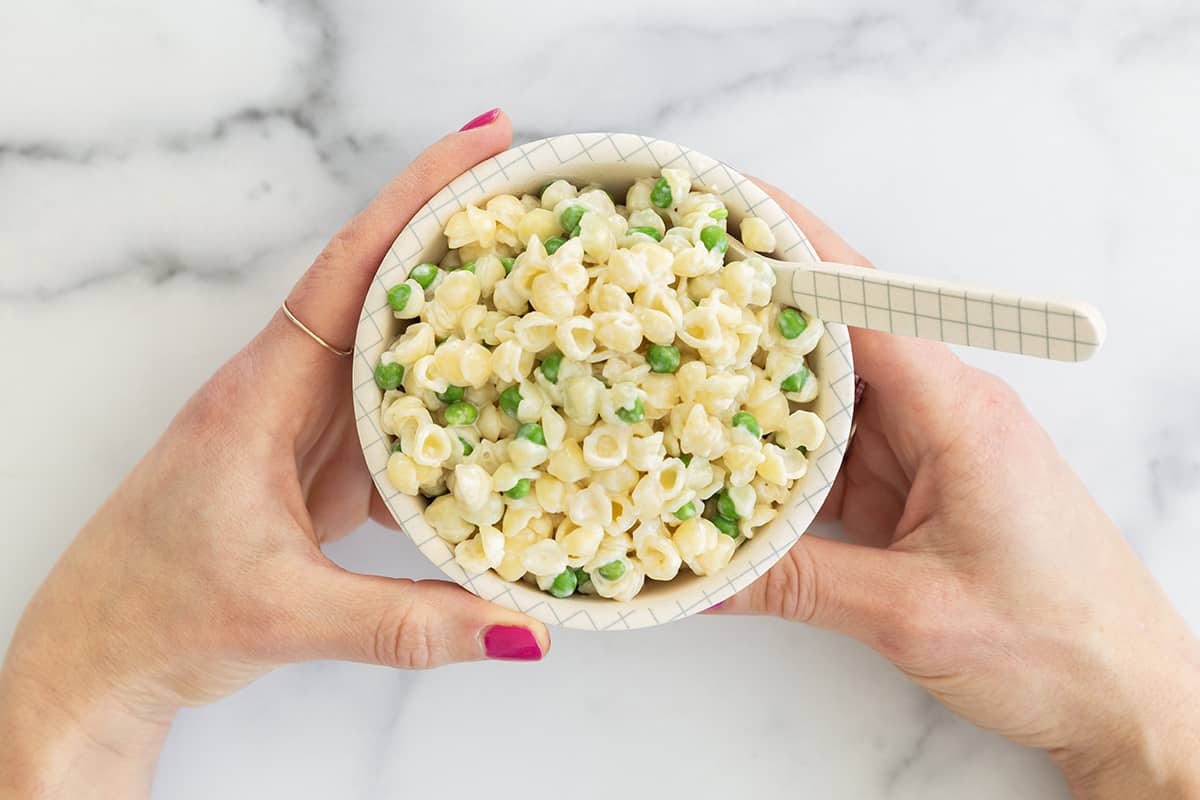
5. Freeze Raw Veggies Before They Go Bad
You can stick that whole bag of baby spinach into the freezer to use in Green Smoothies, Spinach Grilled Cheese, or Spinach Pasta Sauce. That raw cauliflower can go in and be used later for Cauliflower Mac and Cheese or Cauliflower Cheesy Rice.
You can also freeze cooked veggies, like broccoli, to add to a quick soup such as my Rice Noodle Soup.
6. Use What You Have Before You Shop for More
I know it can be tempting to go to the store for food when you’re out of the things that everyone really loves, but I try to frame this situation as a challenge.
What can I do with the lingering apples to make them more appealing? Can we have a snack-y type meal or snack to use up the lingering odds and ends? Maybe make one night of the week leftovers night and use up what you have so you can start fresh at the store. What is sitting in my pantry that I could use in a meal?
This makes my shopping list smaller and helps me use up what I already have in the house.
7. Freeze Leftover Milk and Yogurt
You can pop small amounts of milk or yogurt into ice cube trays to freeze for later. And half-gallons of milk and yogurt tubes and pouches can be frozen and added to a lunch box (they usually thaw in an hour or two). (Learn how to freeze milk for kids.)
(You can also freeze leftover bread and crusts to make croutons or French Toast Casserole.)
8. Store Your Produce So It Lasts
Storing your produce long enough so you can actually eat it is key—and the simplest thing to do is to try to keep the produce dry. Store berries with a paper towel in the container, which is a simple way to prevent food loss. Put a paper towel inside bags of salad to absorb the little beads of water that form. Make sure foods are dry before you put them in the fridge.
(Learn more about making produce last longer.)
The same thing applies to many shelf stable foods—seal the container tightly or put it into a storage bag to keep it fresh.
Plus: If you shop at a farmers market, you can ask if they have “seconds,” which means produce that’s just as good as what they’d sell but may have a blemish or be an unusual shape. I’ve gotten less expensive bell peppers, tomatoes, carrots, cucumbers, and more that way, and it’s a great way to keep food from the compost bin.
And you can save your veggie scraps to simmer with water to make a quick vegetable broth.
Related Recipes
This post was first published March 2020.
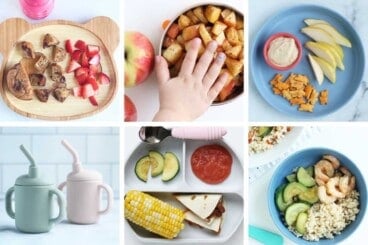
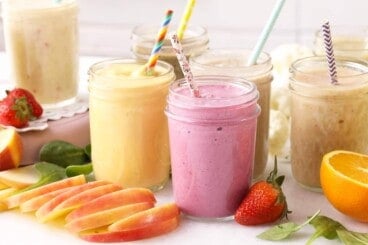
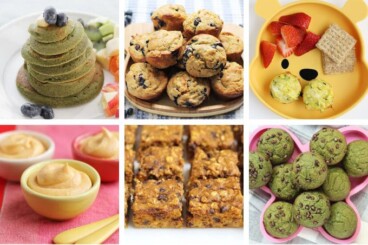
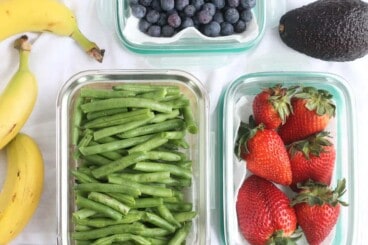
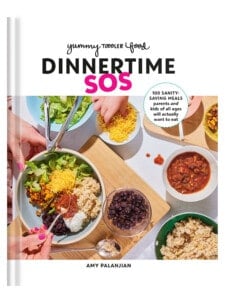
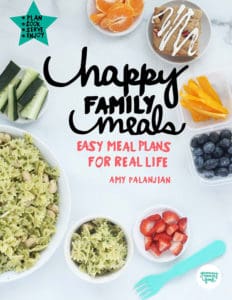
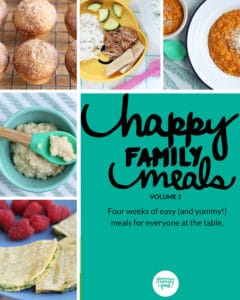
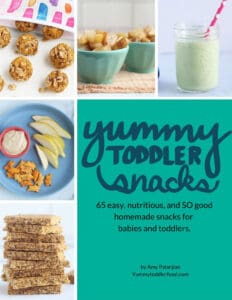











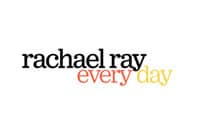


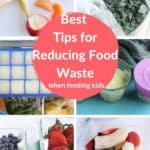
It’s a great point that fruits and vegetables can be expensive, so it’s a good idea to not waste them. My sister is trying to get some food recycling programs at her company this year. That way, her home, and office are much more eco-friendly and doing their best to limit food waste.